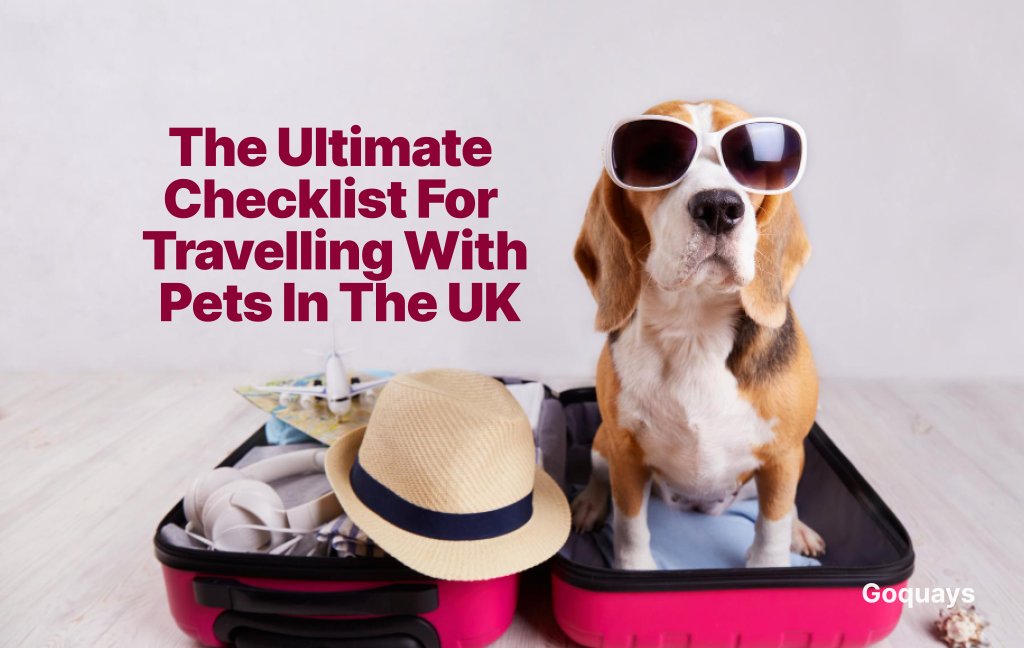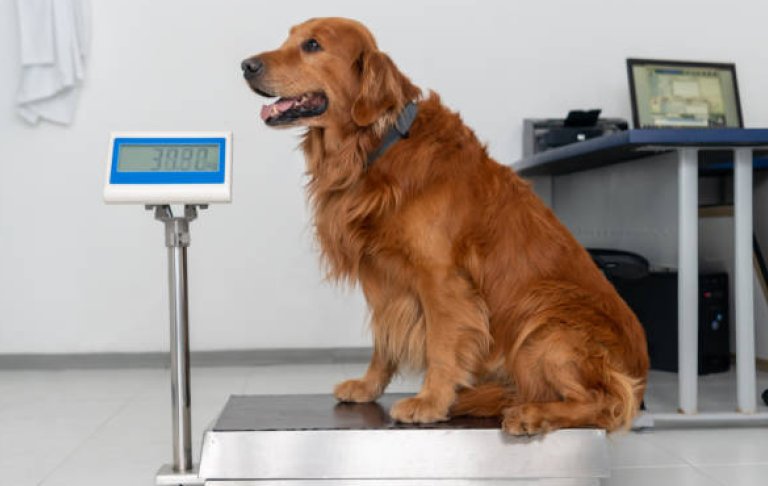Travelling with your pet requires careful planning, understanding your pets needs, and a keen awareness of how they behave in unfamiliar environment to ensure a smooth safe and stress-free journey for both and the owner.
For cat owners, travelling can be especially challenging. Cats prefer to have a routine and dislike sudden changes in their environment. In this guide, we have compiled a comprehensive checklist for travelling with pets in the UK, common feline behaviours to help you understand your cat’s reactions better and how to manage them throughout your journey.
All these will equip you with everything you need to make your next trip safer, smoother and more enjoyable for you and your cat.
Pre-travel plan: Know before you go.
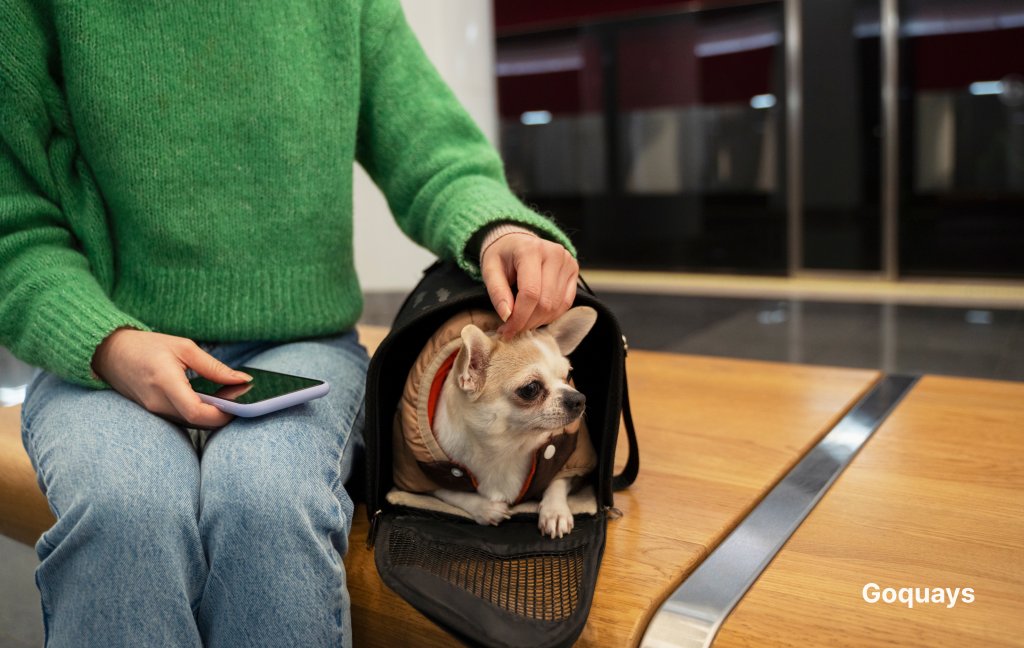
Before you set off on your holiday with your pet in the UK, you need proper planning. Here are some steps you need to take into consideration before leaving home.
UK pet travel laws and requirements
When you plan to travel with your pet, even within the UK, there are certain legal and practical considerations to keep in mind.
- Microchipping is required by law for dogs and strongly recommended for cats. With microchipping, you can quickly get reunited with your pet when you get lost from them during your travel.
- Your pets require an ID Tag on their collar, which should include your contact as they are legally required for dogs in public spaces.
- Make sure vaccinations and flea/worm treatments are up to date. Check with your vet if travel may expose your cat to new environments, animals, or risks.
- Have pet insurance to cover any travel-related incidents. Make sure your policy includes accidental injury, emergency treatment, and third-party liability.
Research pet-friendly transport and accommodation
- Always check public transportation ahead before your date to be sure your pet is allowed. While cats are allowed on most trains, buses, and ferries, rules vary by operator.
- Carriers are required for cats on all public transport and must meet certain size and ventilation standards.
- Hotels, B&Bs, and rentals: Look for “pet-friendly” listings and check for cat-specific policies. Some accommodations accept dogs but not cats due to allergen concerns.
Pet travel essentials checklist
Don’t leave home without these items:
- Secure carrier or travel crate
- Leash or harness
- Food and water bowls (collapsible recommended)
- Litter tray, litter, and disposable liners
- Treats and familiar toys
- A blanket or bed with a comforting scent
- Health records and insurance documents
- Medications and calming aids
Preparing your cat for travel
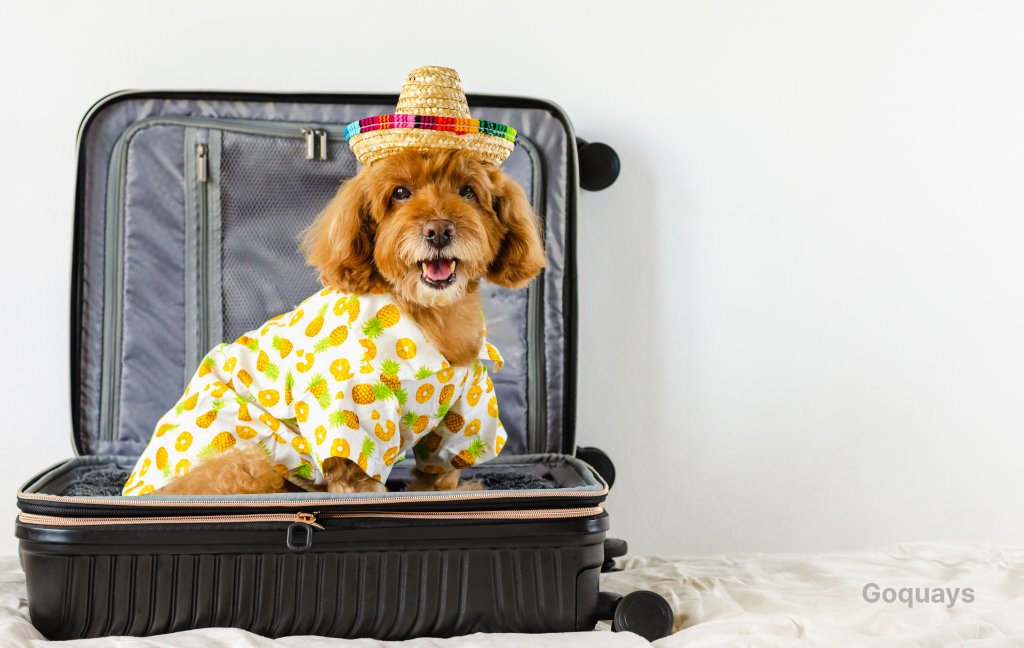
Most cats do not feel comfortable with travelling as they prefer the comfort of their familiar environment. But with proper preparation, you can reduce your cat’s stress and ensure a more relaxed travel for your pet.
Here is what to do;
- Get your cat comfortable with the carrier
Most cats only associate their carrier with stressful events like vet visits, so it’s important to break that negative link early:
- Leave the carrier out in your home weeks before your trip, with the door open and lined with a soft blanket.
- Encourage positive associations by placing treats, toys, or even catnip inside.
- Gradually increase your cat’s time in the carrier with the door closed, rewarding calm behaviour.
- Schedule a pre-travel health check
A visit to your vet should be part of your pre-travel plan:
- Ensure all vaccinations and flea/worm treatments are up to date.
- Ask about anti-anxiety aids, such as calming supplements or vet-approved sedatives if your cat has a history of travel stress.
- Discuss motion sickness if your cat has previously experienced drooling, vomiting, or disorientation during car rides.
- Practice short trips
It’s important to get your pet accustomed to the motion of travel by taking short trips. Take your cat on short car journeys, beginning with just sitting in a parked car with the engine on. With time, you can extend the trips and monitor your cat’s behaviour to see how they will adjust to motion. Doing this will save you and your pets from any surprise motion sickness during the trip.
Travel day tip
Here are some checklists to tick off to ensure a smooth journey.
In the car: Safety first
Cats should never roam freely in a moving vehicle. It’s unsafe and illegal under the UK Highway Code if it distracts the driver. Instead:
- Always use a secure, well-ventilated carrier or travel crate and ensure it’s strapped in with a seatbelt so it won’t slide.
- Avoid placing the carrier near airbags or in direct sunlight.
- Keep the car well-ventilated and maintain a cool, stable temperature.
- Offer water at rest stops, but avoid feeding your cat two hours before you travel to avoid nausea. Moreover, your pet will travel better on an empty stomach
- If it’s a long journey, remember to take your pet food along with you. If the journey extends to the period you usually feed your pet, feed your cat lightly and continue your journey after 2 hours.
Using public transport(Trains, buses ferries)
- Most UK train services allow cats in carriers free of charge, but space is limited, so you want to avoid peak times for a stress-free experience. However, ensure to inform the train officials of your intention to travel with a live animal, then follow any further instructions.
- Keep the carrier under your seat, and speak softly to reassure your cat if needed.
- On buses, check with the local operator, as rules can vary.
Managing cat behaviour during travel
It’s normal for cats to vocalise or appear restless at first, but be mindful of signs of acute stress:
- Excessive meowing, panting, or drooling may indicate anxiety or motion sickness.
- Use calming sprays (like Feliway), pheromone wipes, or plug-in diffusers designed for travel.
- Covering part of the carrier with a light towel can help create a sense of security.
Settling at your destination
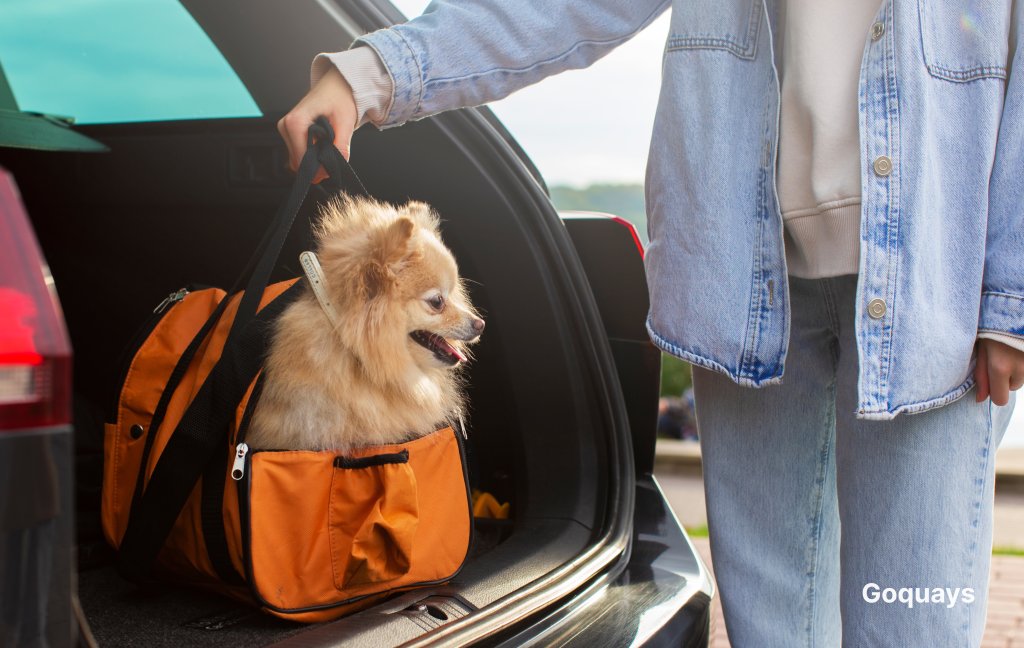
Upon reaching your destination, it’s important to help your cat feel secure, safe, and comfortable in your new environment. Most cats prefer a familiar environment and routine, so creating a sense of “home away from home” is important.
- Create a safe, quiet space
As soon as you reach your destination, choose a quiet room away from noise and foot traffic to set up your cat’s base. Equip it with: The same blanket or bed from home (the scent helps calm them), litter tray, food and water bowls in accessible, separate spots, and familiar toys and a scratching post, if possible. Keep your cat in this room for a while, or even the first night, before exploring. Doing this prevents overwhelming your cat and allows them to feel safe in their new environment.
- Keep tabs on your pet
If you notice your cat hiding under furniture, especially during the first 24–48 hours or reduced appetite or vocalisation, some cats may even become reluctant to use the litter tray for some time due to unfamiliar smells. Don’t worry, this is a completely common habit among cats when they are going through travel-related stress. You only need to reassure them of their safety in their new environment.
- Know a local vet
Before you travel, research the nearest veterinary practice to your destination and save the number in your phone. In case of stress-related illness, injuries, or unexpected health concerns, you will be ready to act quickly.
- Stick to the routine
Even in a new place, be sure to feed your cat at the usual time, maintain your typical play and rest schedule, and avoid introducing new foods, litter types, or toys.
After the trip, care

Here are some tips to help your cat readjust to their environment again.
Reacclimate your cat to your home.
It’s possible that your cat might not bounce back immediately, especially if they have been away for several days or longer. It’s not unusual for them to:
- Hide again in familiar spaces
- Avoid other pets or people for a short while
- Seems unusually quiet or clingy
Give them free access to their favourite hiding spots, and avoid overwhelming them with too much attention. Allow them to explore the home on their terms and keep noise and activity levels low for the first day or two.
While reacclimating your cat back to your home, take note of any changes your pet may go through. This is because post-travel stress can sometimes trigger:
- Changes in appetite, litter box habits, or grooming
- Symptoms like vomiting, diarrhoea, or lethargy
If these persist for more than 24–48 hours, consult your vet. Travel can weaken immune responses in some cats, making them more vulnerable to minor infections or digestive issues. On the other hand, if your cat became ill during travel or was exposed to other animals, it’s wise to book a quick post-travel check-up.
Conclusion
Travelling with your cat doesn’t have to be stressful for you or for them. With careful planning, a well-planned checklist, and a better understanding of your cat’s behaviour, you can transform what once felt overwhelming into a smooth, even enjoyable experience. From preparing your cat in advance, to navigating travel day, to settling in at your destination and returning home safely, every step counts in ensuring your cat’s comfort and well-being.
It’s important to remember that every cat is unique. Some take to travel easily, while others need more time and patience. By tuning into their behavioural cues and respecting their boundaries, you’ll build a stronger bond and help them feel safe wherever you go.
If you found this guide helpful, share it with other pet lovers or leave a comment with your own travel tips. Safe travels—and happy tails!

